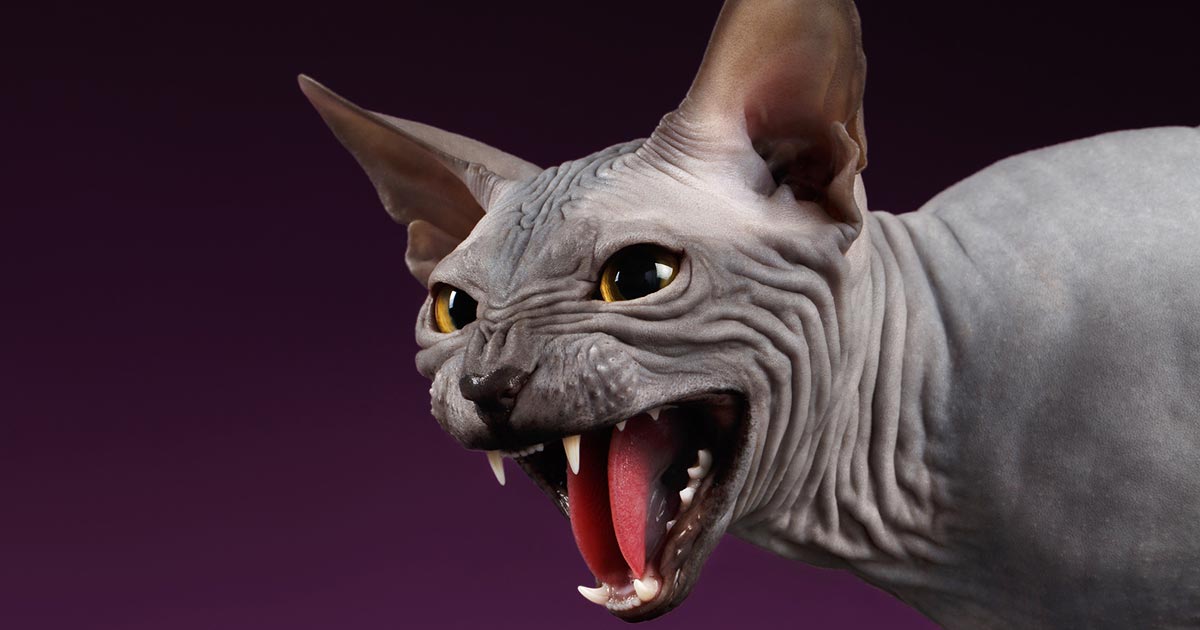I’ve discussed before the massive emotional shift that seems to occur in the transition from a student to a new graduate – namely due to the responsibility – but the transition to being an actual vet also means being on the front line when it comes to aggressive patients.
As a student, you are often given the “nice” patients to practise blood sampling or catheterising – or even just examining. If a pooch utters a slight growl, the muzzle will be on, with a confident RVN holding for you at worst, but, in most cases, the vet would just take over to keep you out of harm’s way.
As such, when I started out as a “real vet”, this meant I had very little experience in dealing with the more difficult patients.
Exposure
At vet school, we were shown how to make a bandage muzzle if all else failed and practised stuffing a cuddly toy cat into a cat bag, but, again, we were rarely involved with any real-life angry cats or dogs.
Obviously, this was in the interests of our safety, and I’m not suggesting they put us in dangerous situations deliberately, but in the real vet world, we are now the ones who ultimately need to gain that blood sample, despite flailing paws and teeth.
Safe handling of aggressive, or often just scared or nervous, patients who lash out from fear is something that can only be gained from experience – which, as a new grad, is fairly limited at this point. Drawing on ideas from your colleagues and nurses is probably the best way to learn – especially for behaviour-related things that aren’t necessarily taught very well at university.
Near misses

Nearly being bitten by a little dog with severe dental disease (who could blame it for not wanting me to touch its mouth), that then seemed immune to sedation and therefore needed a general anaesthetic to even examine its mouth, was my first taste of having to make a call based on my own safety, but also the need to make an accurate assessment.
I’ve also had a few near misses with horses – in particular, one that really did not fancy a nerve block and decided to fling its front legs at mine and the other vet’s head height instead.
Support each other
Being a vet can be a dangerous job, since we work with unpredictable living creatures better equipped with natural defences than us, and often a lot bigger and heavier. We just need to help each other work as safely as possible around them. But, if you’re on your own with bared teeth, it’s still quite a scary place to be.
Just another thing to add to the list of “things they don’t teach you at vet school”.

Leave a Reply